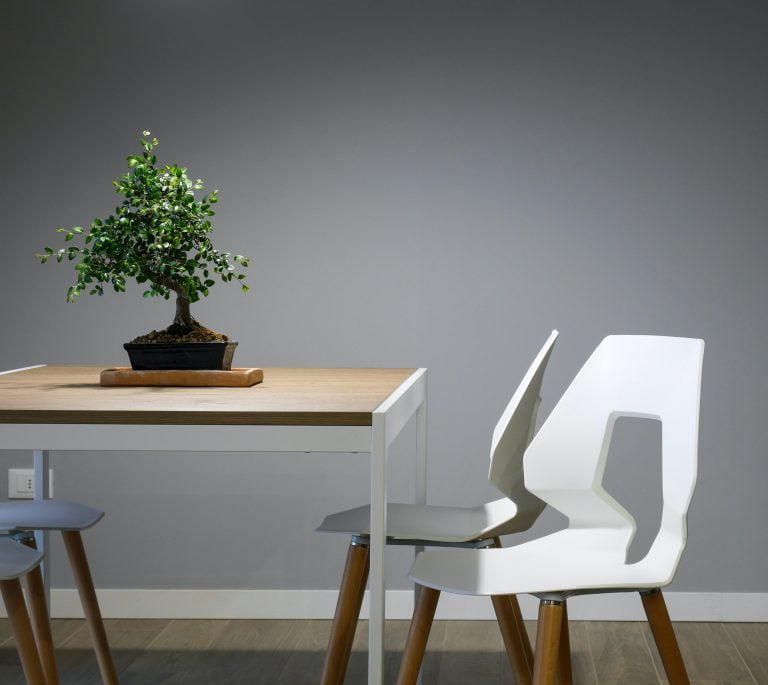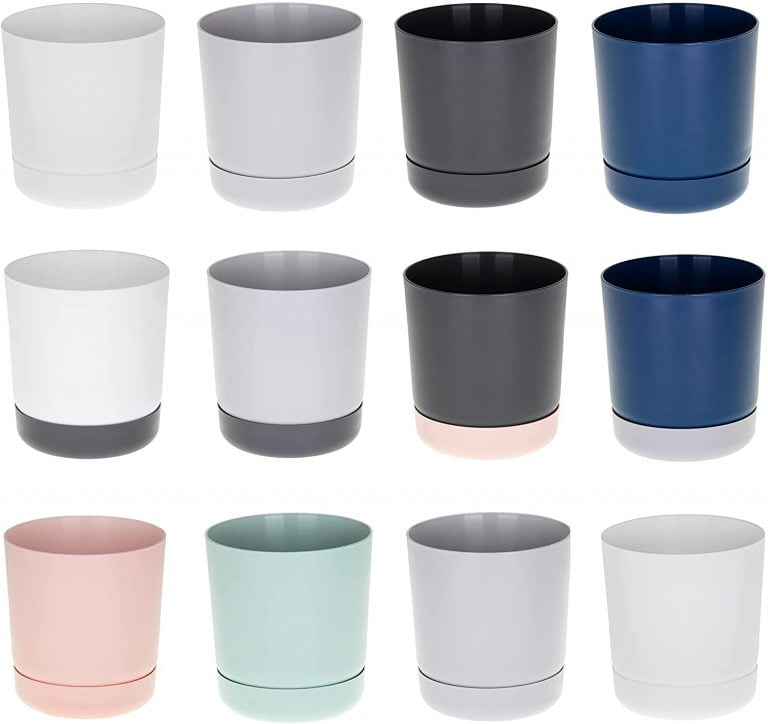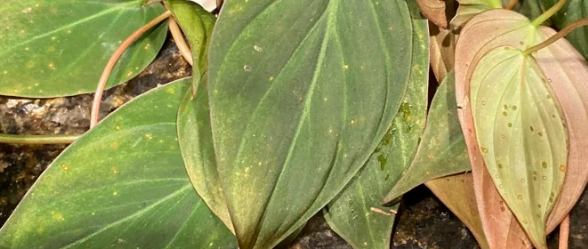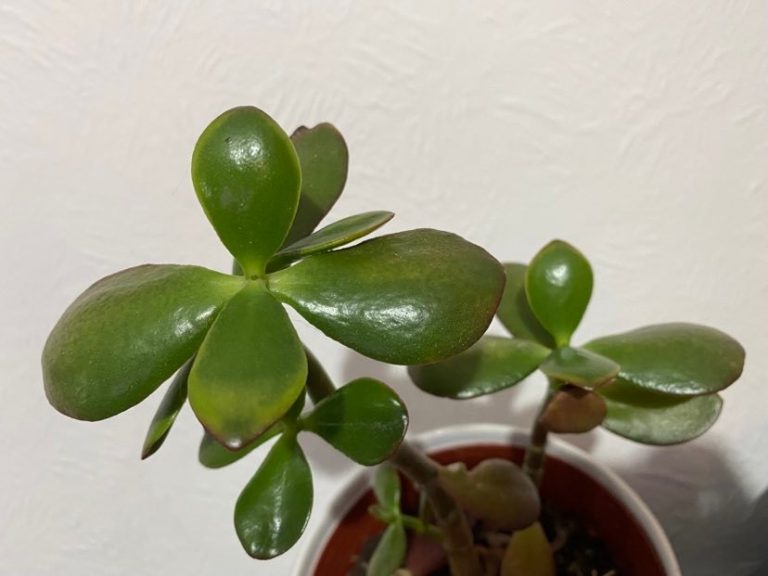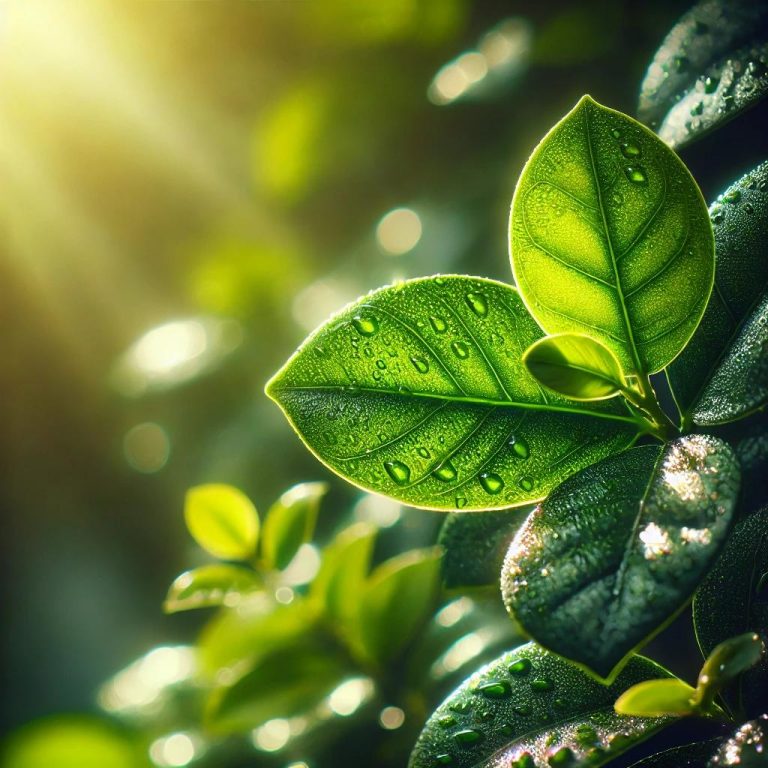Caring for Monstera Variegated Plants
The Monstera variegated plant is a popular houseplant known for its large, glossy leaves that are variegated with white or cream-colored patterns. These patterns are caused by a genetic mutation that leads to a reduction in the amount of chlorophyll in certain areas of the leaf, resulting in the white or cream-colored areas.


The Monstera variegated plant is native to the tropical rainforests of Central and South America, where it grows as an epiphyte, meaning that it grows on other plants or trees rather than in soil. In the wild, it can grow up to 30 feet tall, but as a houseplant, it typically reaches a maximum height of about 6-8 feet.
The Monstera variegated plant is easy to care for and can thrive in a range of lighting conditions, from low to bright indirect light. It prefers well-draining soil that is kept evenly moist, but not waterlogged. It also benefits from regular fertilization during the growing season.
One thing to be aware of when caring for a Monstera variegated plant is that it is sensitive to cold temperatures, so it is best to keep it in a warm, protected area. It is also prone to pests such as mealybugs and aphids, so it is important to regularly check for and remove any pests that may appear.
Overall, the Monstera variegated plant is a striking and easy-to-care-for addition to any indoor plant collection. Its beautiful, variegated leaves are sure to bring a touch of tropical elegance to any space.
There are several methods that can be used to propagate Monstera variegated plants, including stem cuttings, air layering, and division. Here are some steps for each method:
- Stem cuttings:
- Use a clean, sharp knife or scissors to cut a stem with at least one leaf node (the point where the leaf meets the stem) and a few inches of stem below it.
- Remove the lower leaves from the stem, leaving only a few at the top.
- Place the cutting in a small pot filled with well-draining soil or a rooting medium, such as perlite or vermiculite.
- Keep the soil moist, but not waterlogged, and place the pot in a warm, well-lit location.
- After a few weeks, the cutting should develop roots and can be transferred to a larger pot




- Air layering:
- Choose a stem that is at least a few inches long and has at least one leaf node.
- Use a clean, sharp knife to make a small incision in the stem about an inch below the leaf node.
- Dust the wound with rooting hormone powder to encourage rooting.
- Wrap the wound with moist sphagnum moss or a rooting medium, such as perlite or vermiculite.
- Cover the moss with plastic wrap to keep it moist and secure it in place with tape.
- After a few weeks, roots should form within the moss. Once the roots are well-established, the new plant can be cut off the parent plant and potted in soil.
- Division:
- Divide the Monstera variegated plant when it becomes overcrowded or when you want to propagate it.
- Carefully remove the plant from its pot and gently loosen the roots.
- Use a clean, sharp knife or scissors to divide the root ball into smaller sections, each with at least one leaf node.
- Plant each division in a separate pot filled with well-draining soil or a rooting medium.
- Keep the soil moist, but not waterlogged, and place the pots in a warm, well-lit location.
Regardless of which method you choose, it is important to be patient and give the new plants time to establish themselves before transferring them to a larger pot or their permanent location.
The best soil for Monstera variegated plants is a well-draining, moisture-retentive mix that provides enough nutrients to support the plant’s growth. Here are some options:
- Potting soil mixed with perlite or vermiculite: These materials help to improve the soil’s drainage and aeration, which is important for Monstera variegated plants, as they prefer soil that is evenly moist but not waterlogged.
- A peat-based potting mix: Peat moss is a good option for retaining moisture in the soil, but it can also be prone to compaction, so it is a good idea to mix it with a more porous material like perlite or vermiculite to improve drainage.
- A mix specifically formulated for epiphytic plants: These mixes are designed to mimic the conditions that Monstera variegated plants would experience in their natural habitat, where they grow on other plants or trees rather than in soil. These mixes typically contain a combination of materials such as peat moss, perlite, and coconut coir to provide moisture and nutrients while also allowing for good drainage.
Regardless of the type of soil you choose, it is important to use a pot with drainage holes to prevent the soil from becoming waterlogged, which can lead to root rot.
Caring for a Monstera variegated plant is relatively easy, but there are a few key things to keep in mind to ensure that it stays healthy and grows well. Here are some tips for caring for a Monstera variegated plant:
- Provide the right lighting: Monstera variegated plants prefer bright, indirect light, but they can also tolerate lower light levels. Avoid placing them in direct sunlight, as this can cause the leaves to yellow or burn.
- Keep the soil moist: Monstera variegated plants prefer soil that is evenly moist, but not waterlogged. Water the plant when the top inch of soil feels dry to the touch, and be sure to use a pot with drainage holes to prevent excess water from accumulating in the soil.
- Fertilize regularly: During the growing season (spring and summer), fertilize your Monstera variegated plant every two to four weeks with a balanced, water-soluble fertilizer. Follow the instructions on the label for the appropriate dilution and frequency.
- Repot as needed: Monstera variegated plants typically need to be repotted every one to two years, or when they outgrow their current pot. Choose a pot that is slightly larger than the current one and use a well-draining potting mix.
- Monitor for pests: Monstera variegated plants are prone to pests such as mealybugs and aphids. Regularly check the plant for any signs of pests, such as small, white cottony masses or sticky honeydew, and remove them as needed using a gentle, organic pest control product.
By following these care tips, your Monstera variegated plant should thrive and add a touch of tropical elegance to your home.
How Much Humidity Needed?
Monstera variegated plants prefer a relatively high level of humidity, as they are native to the humid tropical rainforests of Central and South America. In their natural habitat, they would receive regular rainfall and would be surrounded by other plants that would help to maintain a high level of humidity.


As a houseplant, it can be difficult to replicate these conditions, but there are a few things you can do to increase the humidity around your Monstera variegated plant:
- Use a humidifier: This is a simple and effective way to increase the humidity in your home, especially if you live in a dry climate. Place the humidifier near the plant to provide it with extra moisture.
- Group plants together: Placing your Monstera variegated plant near other plants can help to increase the humidity around it, as the plants will transpire (release water vapor) into the air.
- Mist the leaves: Misting the leaves of your Monstera variegated plant with water can provide it with extra moisture and help to increase the humidity around it. Be sure to mist the leaves gently and avoid getting the soil too wet, as this can lead to root rot.
- Use a pebble tray: Fill a tray with pebbles and add water to the tray, making sure that the water level is below the top of the pebbles. Place the tray near the plant and the water will evaporate, increasing the humidity around the plant.
By providing your Monstera variegated plant with a high level of humidity, you can help it thrive and maintain its glossy, vibrant leaves.


